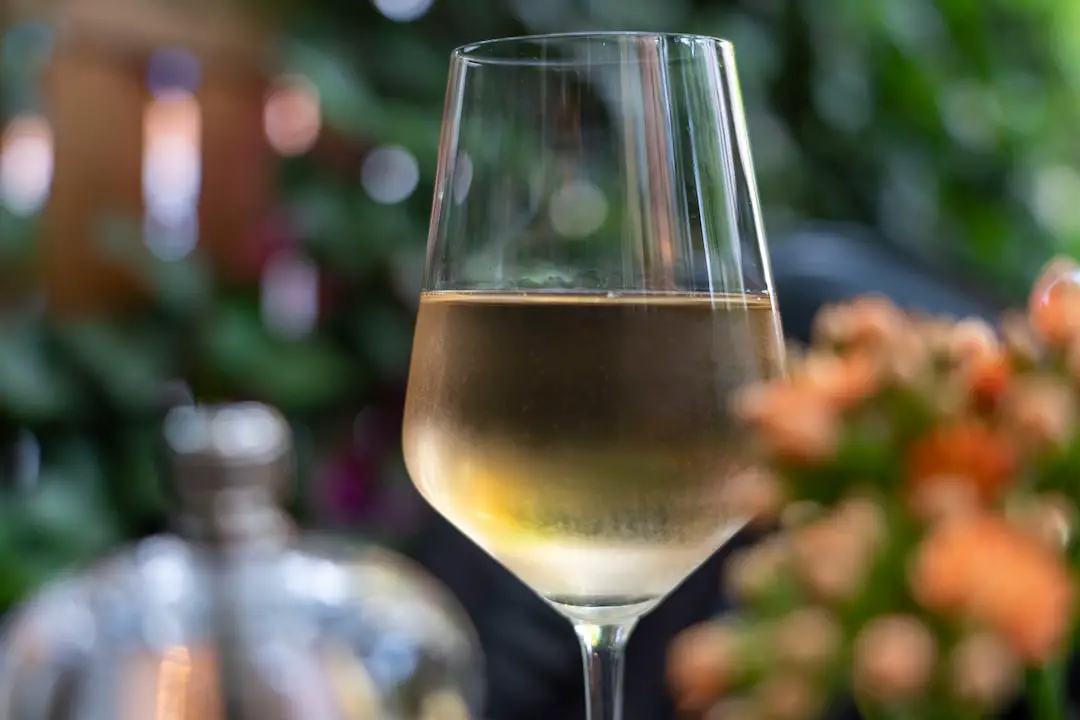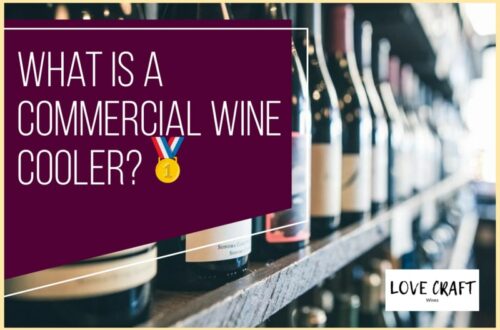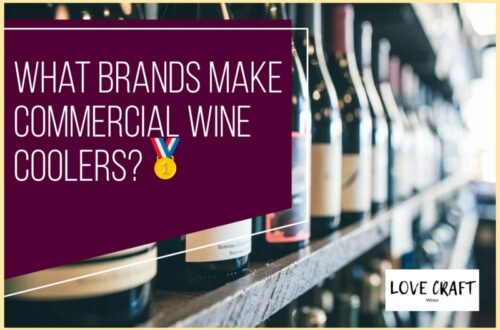If you’re a wine enthusiast, you’re probably wondering how many servings of wine are in a bottle. The answer to this question depends on several factors, including the size of the bottle, the type of wine, and the size of the glass you use.
In this article, we’ll explore the standard measurements for wine bottle sizes, the factors that affect the number of servings per bottle, and how to calculate servings based on glass size and wine type.
Understanding the number of servings per bottle is important for many reasons. Whether you’re hosting a dinner party, sharing a bottle with friends, or simply trying to manage your alcohol intake, knowing how many servings are in a bottle can help you plan accordingly. It can also help you make more informed decisions when purchasing wine, as you’ll have a better understanding of how much you’re getting for your money.
So, let’s dive in and explore the world of wine servings!
Table of Contents
Understanding Wine Bottle Sizes and Standard Measurements
Understanding the sizes of wine bottles and their measurements is key to selecting the right amount for your occasion. Wine bottle dimensions vary depending on the region and type of wine. However, there are standard measurements that are widely accepted in the industry.
The most common wine bottle size is the 750 ml bottle, which is the equivalent of five 5-ounce glasses of wine. Wine bottle shapes also vary and can affect the amount of wine that is in a bottle. The most common wine bottle shapes are the Bordeaux bottle and the Burgundy bottle.
The Bordeaux bottle is tall with straight sides and a high shoulder, while the Burgundy bottle is shorter with sloping shoulders. Bordeaux bottles typically hold more wine than Burgundy bottles, with a capacity of up to 900 ml. Understanding wine bottle sizes and shapes is essential to determining the number of servings per bottle.
Factors that Affect the Number of Servings per Bottle
One important factor affecting how much you can pour into a glass is the size of the opening of the container. Wine bottle shapes vary, and each shape can affect the wine’s flavor and the number of servings per bottle.
For instance, Burgundy bottles have a wider base, which makes them more stable, while Bordeaux bottles have high shoulders and a narrow neck. The latter is designed to capture sediment and oxygen that can affect the wine’s aging process.
Magnum bottles, on the other hand, can hold the equivalent of two standard wine bottles, which means you can serve more guests with one bottle.
Storing wine properly can also affect the number of servings per bottle. Keeping wine bottles in a horizontal position can prevent oxidation and help the wine retain its flavor. Additionally, storing wine at the right temperature and humidity level can ensure that the wine does not spoil.
If wine is stored in a warm or humid place, it can evaporate, making the bottle lighter and the wine more concentrated. Conversely, if the wine is stored in a cold place, the wine can expand and push the cork out of the bottle.
These factors can all affect the number of servings you can get from a bottle of wine.
Transition: Calculating servings based on glass size and wine type can help you determine how many bottles you’ll need to serve your guests.
Calculating Servings Based on Glass Size and Wine Type
To make sure you have enough wine for your guests, it’s important to calculate how much each person will drink based on the size of their glass and the type of wine they prefer.
Different glassware options can affect the number of servings per bottle, so it’s important to choose the right size glass for your guests. A standard wine bottle contains 750 milliliters of wine or about 25 ounces. This usually translates to about five glasses of wine per bottle, assuming each glass contains five ounces of wine. However, larger glasses can hold up to ten ounces of wine, which means you will only get 2-3 glasses per bottle.
When choosing wine, it’s important to consider the type of wine you are serving and who will be drinking it. For example, if you’re serving a full-bodied red wine, it’s best to offer smaller glasses to ensure guests don’t overindulge.
Alternatively, if you’re serving a lighter white wine, larger glasses may be more appropriate. Wine pairing suggestions can also help you determine how much wine to serve. For example, if you’re serving a dessert wine, you may only need to offer a small amount since it’s typically consumed after a full meal.
To ensure you make the most of your wine consumption, there are a few tips to keep in mind.
Tips for Maximizing Your Wine Consumption
Get the most out of your wine by following these simple tips to maximize your enjoyment.
Proper wine storage is key to ensuring that your wine tastes its best. Keep your wine in a cool, dark place, away from direct sunlight and heat sources. This will help prevent the wine from oxidizing and spoiling. Additionally, store your wine bottles horizontally to keep the cork moist and prevent air from seeping into the bottle.
Pairing your wine with food can also enhance your experience. Consider the flavor profile of your wine and choose foods that complement it. For example, a bold red wine pairs well with red meat dishes, while a crisp white wine pairs well with seafood and light salads. Don’t be afraid to experiment with different combinations to find what works best for your palate.
And remember, always drink wine in moderation to fully enjoy its flavors and avoid any potential health risks. Speaking of which, let’s explore the health benefits and risks of wine consumption.
Exploring the Health Benefits and Risks of Wine Consumption
Sippin’ on a glass of vino can have both positive and negative effects on your health, so it’s important to understand the potential benefits and risks.
In moderation, wine consumption has been linked to a reduction in the risk of heart disease, stroke, and certain types of cancer. This is due to the presence of antioxidants in wine, which can help protect your body against damage caused by free radicals. Additionally, moderate wine consumption has been shown to improve cholesterol levels by increasing levels of HDL (good) cholesterol and decreasing levels of LDL (bad) cholesterol.
However, it’s important to note that excessive wine consumption can have negative effects on your health. Drinking too much wine can increase your risk of liver disease, high blood pressure, and certain types of cancer. It can also lead to addiction and other mental health issues.
It’s recommended that women consume no more than one glass of wine per day and men consume no more than two glasses per day to reap the potential health benefits of wine while minimizing the risks.
Frequently Asked Questions
What is the ideal temperature to store wine?
When it comes to wine storage, there are a few factors to consider in order to maintain the quality of your wine.
One of the most important factors is humidity control. Wine needs to be stored in an environment that is not too dry or too humid, as either extreme can damage the cork and affect the flavor of the wine.
The ideal humidity range for wine storage is between 50-70%.
Another important factor is light exposure. Wine should be stored away from direct sunlight or any other source of UV light, as UV rays can damage the wine and cause it to age prematurely.
To ensure that your wine is stored properly, invest in a wine fridge or cellar that provides humidity control and protects against light exposure.
How long can a bottle of opened wine be stored before it goes bad?
To ensure that your opened bottle of wine stays fresh for as long as possible, it’s important to follow proper wine storage techniques and best practices for wine preservation.
First, make sure to re-cork or seal the bottle tightly after each use to prevent oxygen from entering and causing the wine to spoil.
Store the bottle in a cool, dark place, away from direct sunlight, heat, and humidity.
If possible, invest in a vacuum pump or other preservation tool to remove excess air from the bottle, further extending its shelf life.
With these tips in mind, you can enjoy your favorite bottle of wine over the course of several days or even weeks, without worrying about it going bad.
What is the difference between a cork and a screw cap in terms of wine preservation?
When it comes to wine preservation, the choice between a cork and a screw cap can be compared to choosing between a classic car or a modern one.
The cork, like a classic car, is traditional and has been used for centuries. It allows for small amounts of oxygen to enter the bottle, which can help the wine age and develop complex flavors.
On the other hand, the screw cap, like a modern car, is a newer technology that can be more convenient and consistent. It creates an airtight seal, preventing any oxygen from getting in, which can keep the wine fresher for longer.
However, some argue that the lack of oxygen can also prevent the wine from developing as much complexity over time. Ultimately, the choice between a cork and a screw cap comes down to personal preference and the intended shelf life of the wine.
Both methods have their pros and cons, and it’s up to the consumer to decide which one is right for them.
How can I tell if a bottle of wine is spoiled or has gone bad?
To ensure that you’re drinking high-quality wine, it’s important to know the signs of oxidation that indicate spoilage. If your wine has turned bad, it may have a vinegar-like smell and taste, a brownish color, or a cloudy appearance.
To prevent spoilage, it’s essential to store wine properly. Wine should be kept in a cool, dark place, away from direct light and heat. You can also store wine horizontally to keep the cork moist and prevent air from entering the bottle.
By following these tips, you can maintain the quality of your wine and ensure that it remains fresh and delicious for as long as possible.
Is it safe to drink wine that has been stored for a long time?
Get ready for a sensory experience like no other! Aging wine is a time-honored tradition that creates a deep, complex flavor that will have your taste buds dancing with delight.
Wine aging is a natural process that allows the wine to evolve and develop new flavors and aromas, making it a unique and exciting experience for any wine lover.
As wine ages, the tannins and acids in the wine break down, and the wine becomes smoother and more mellow. The flavor profile of the wine evolves, developing new and more complex flavors.
However, it’s important to note that not all wines are created equal when it comes to aging. Some wines, like red wines, are better suited to aging than others. So, if you’re looking to try an aged wine, make sure you do your research to find the right one for you.
Conclusion
Congratulations, you’re now equipped with the knowledge to determine how many servings of wine are in a bottle.
By understanding the various bottle sizes and measurements, as well as the factors that affect the number of servings per bottle, you can easily calculate how much wine you’ll need for your next gathering or event.
Remember to take into account the glass size and wine type when calculating servings, as this can greatly affect the amount of wine needed. And don’t forget to enjoy your wine in moderation, as excessive consumption can lead to potential health risks.
In conclusion, understanding the ins and outs of wine servings can be compared to a sommelier carefully selecting the perfect vintage for a special occasion.
With the right tools and knowledge, you can confidently choose the perfect amount of wine to share with your guests, enhancing your overall wine experience.
So go forth and enjoy your wine with confidence and knowledge!





